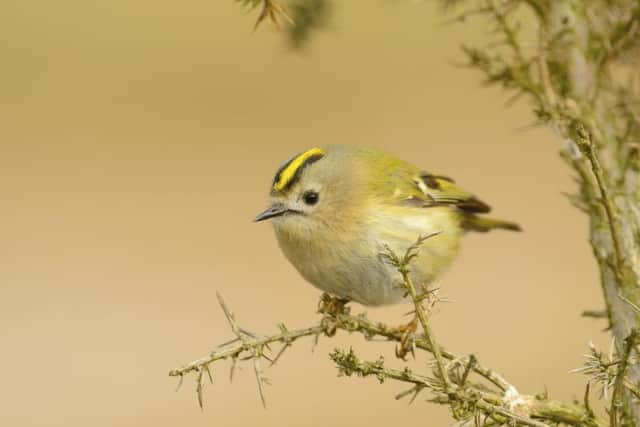Thousands take part in bird survey in South Yorkshire


Nationally 519,000 people took part in the 37th RSPB Big Garden Birdwatch survey, with the house sparrow the most commonly seen bird in South Yorkshire.
The survey also revealed a 54 per cent increase in sightings of the long-tailed tit compared to last year, with a milder winter thought to be responsible.


It is now the 11th most commonly seen bird in the county.
Advertisement
Hide AdAdvertisement
Hide AdDuring periods of colder temperatures birds struggle to find food so become more reliant on garden feeders. Long-tailed tits, and other smaller birds, have adapted to feeding on seeds and peanuts at bird tables or from hanging feeders.
Dr Daniel Hayhow, RSPB Conservation Scientist, said: “This year’s survey was another brilliant year. More than half a million people took part counting a bumper 8.2 million birds, providing us with valuable data which helps to build a better picture of how our garden birds are doing.
“The weather can have varied effects on different groups of birds. The increase in long-tailed tit sightings, along with other smaller garden birds, just goes to show that, in the absence of very cold weather, these species can survive the winter months in much greater numbers. The warmer temperatures have made it easier to find food, like insects, which in previous colder winters would have been harder to come by.


“The increase in sightings of these smaller garden birds highlights the importance of a well-stocked bird feeder. Long-tailed tits only started using garden feeders in recent years.”
Garden favourites including starlings and song thrushes are on the decline.